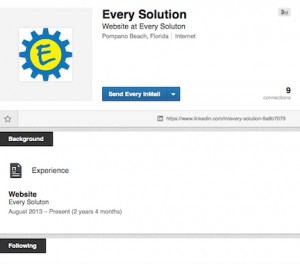
Bigger isn’t always better, especially when describing your subscriber count. Of course, you want to be actively growing your email list; but you also want to be sure your list encompasses people who are interested in your email content and are engaged with you rather than “dead” subscribers, names on your list who have not engaged with (opened, responded or clicked) any of your emails in at least six months.
Subscribers could have become unengaged for a variety of reason:
- They are no longer interested in emails from your company but have not yet unsubscribed from your list
- They no longer check the email address with which they used to subscribe
- They are interested in your content and emails but have become too busy to engage
- Your emails have found their way into a spam or junk folder
- The timing of your emails doesn’t coincide with their expectations
- Your content or offers no longer resonate
- They completed a transaction or made a purchase elsewhere a no longer need your service/product
Having a large number of unengaged or inactive subscribers can affect email deliverability. Internet Service Providers (ISPs) monitor metrics associated with engagement and may divert emails to spam or delay delivery if those metrics are not compelling. While delayed delivery may not be as concerning as being flagged as a spammer or having emails relegated to junk mail, these delays could affect ROI especially if an email is time-sensitive.
Even worse, an email address among your unengaged subscribers could become classified as a spam trap and sending to this email address could land you on a blacklist. Spam traps are usually email addresses set up by a company or individual for the purpose of fighting spam. These email addresses are not actively used but might be used for subscriptions. Spam traps can also be expired email addresses that a company reactivates as a spam trap; expired domains purchased by an anti-spam organization to set up as a trap or traps set up by organizations selling email lists. Unfortunately, these spam traps can make their way onto your list, putting your email reputation at risk.
So what can you do?
There are a number of steps you can take to attempt to re-engage subscribers.
Identify inactive subscribers and gather information about their past engagement (or lack of engagement). This will allow you to create highly personalized re-engagement strategy with content that is more likely to resonate. Let subscribers know you‘ve missed them with a special offer, discount, coupon or sweepstakes.
Send a “re-permission” email. This email asks subscribers to update their email information and their email preferences. It allows them to enter a new email address if their email has changed and to self-select a delivery frequency, such as daily, weekly, monthly or quarterly, that they feel better suits their reading needs and interests
Ask subscribers what they think about the content they are receiving. If subscribers aren’t responding to the content you currently send, ask them what types of content they are interested in.
After you have completed your re-engagement campaign, it’s time to say goodbye to subscribers who have remained inactive. While this may be difficult to do, ultimately it can improve the health of your list, save you money, and increase your chances of reaching subscribers who are engaged.
Saying Goodbye
Dropping email subscribers can be difficult. You’ve worked hard to grow your list and watching the subscriber number go down can feel like defeat. But sometimes, cleaning your list is the best way to improve your performance and your deliverability. Just like with plants, regular pruning can correct irregularities and improve health, but it must be done at the right time using the right techniques. Examine your list periodically for inactive subscribers, attempt to re-engage them and then, if they remain inactive, remove them.
Digital & Social Articles on Business 2 Community(41)
Report Post









